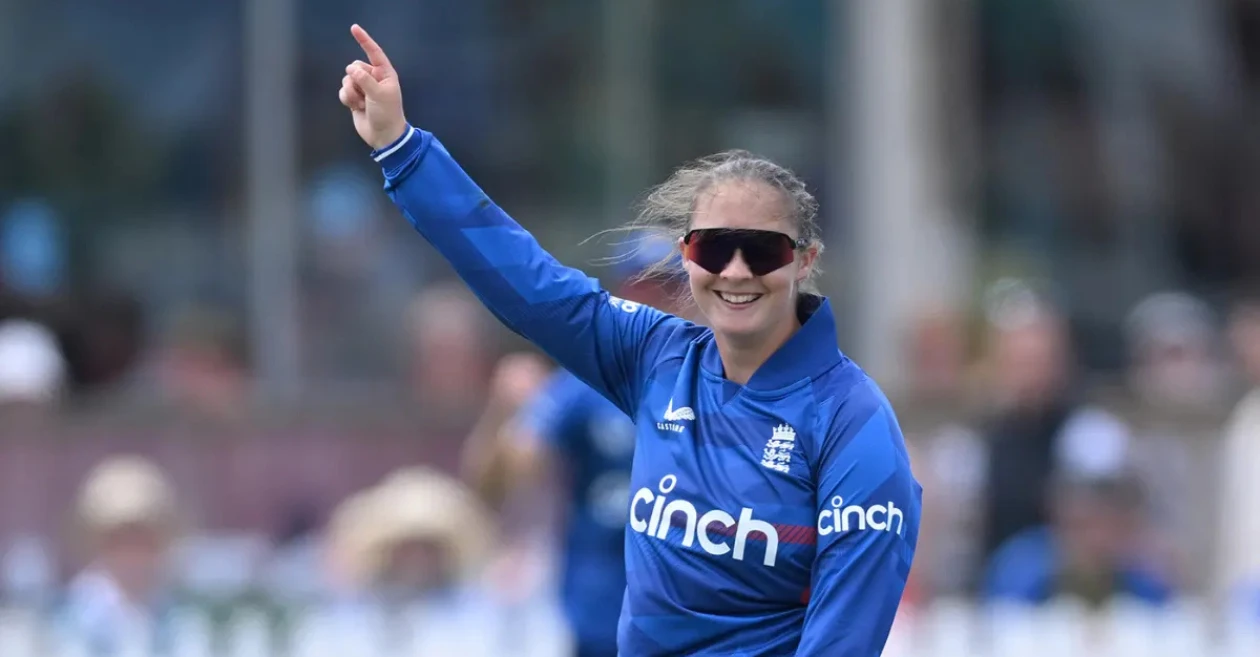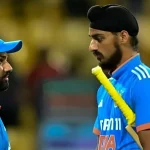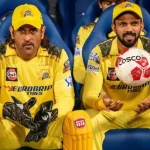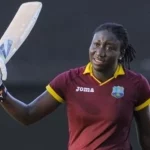As the England Women’s team prepares for a high-stakes ODI series decider against India Women at the Riverside Ground in Chester-le-Street on Tuesday, July 22, all eyes are on their squad dynamics—and one name missing from the line-up has already sparked intense debate. Alice Capsey, widely regarded as one of the brightest young prospects in England’s white-ball cricket setup, has been released from the national squad ahead of the series finale.
The decision, made public by the England and Wales Cricket Board (ECB) just days before the deciding match, reflects a bold and calculated move by the team management. At just 20 years old, Capsey’s potential as a long-term all-format all-rounder is well acknowledged. However, England’s choice to send her back to domestic cricket with Surrey instead of retaining her for the marquee clash against India has sent a strong message: player development remains central—even when the stakes are high.
The Strategic Shift: Development Over Dugout
Alice Capsey’s exclusion from the playing XI in the first two ODIs against India was already drawing murmurs among pundits. While she remained with the squad in a support role, it was clear that the team hierarchy leaned on more experienced or currently in-form options for the initial battles. Rather than have Capsey continue warming the bench during what is essentially a do-or-die fixture, the ECB opted to release her for a vital domestic fixture.
She will now turn out for Surrey Women in the ECB Women’s One-Day Cup, facing Hampshire at Guildford Bason on July 24. This move prioritises what England’s head coach Jon Lewis and the ECB call “active growth through competitive match exposure”, ensuring that Capsey continues to develop in a game environment instead of sitting idle in the national setup.
Why Now? Timing the Transition
The ODI series against India stands level at 1-1. England suffered a narrow defeat in the opening match but bounced back strongly at Lord’s in the second ODI, putting in a disciplined all-round performance. With the series on the line, many expected Capsey to be reintroduced for the decider, especially considering her explosive batting and handy off-spin.
But there’s another side to that coin.
The final ODI is expected to be a pressure cooker—high intensity, packed stands, and massive media coverage. Introducing Capsey into such a setup after no match time in the series could be counterproductive. The ECB’s decision reflects an understanding of this dynamic. Capsey is young, supremely talented, and needs regular game time, not irregular chances under maximum pressure.
“The decision wasn’t about talent—it’s about trajectory,” an ECB official noted. “Alice is a big part of our long-term plan. But for now, it’s more valuable for her to play than to sit.”
Capsey’s Career So Far: A Rising Star in English Cricket
Born in 2004, Alice Capsey has swiftly become one of England’s most watched cricketers. She exploded into public consciousness during the inaugural season of The Hundred, where she starred for Oval Invincibles as a teenager. Her calmness under pressure, mature shot selection, and effective off-spin bowling marked her as a future leader in the England setup.
Since then, Capsey has made 26 ODI appearances, accumulating 343 runs at an average of 22.86, with a best score of 44*. She has also taken 12 wickets, providing balance to the team as a genuine all-rounder.
Her international T20 credentials are even more impressive, with crucial contributions against top sides like Australia and India. Still, her ODI form has seen fluctuating returns, especially when compared with more established figures like Nat Sciver-Brunt and Heather Knight.
England’s Current ODI Core: Who’s Playing Instead?
The decision to exclude Capsey isn’t made in isolation. The current playing XI has been performing solidly, with key roles occupied by senior players and a few newer faces finding form. In the middle order, Amy Jones and Maia Bouchier have impressed with consistency and calm under pressure. Nat Sciver-Brunt, England’s vice-captain, remains the team’s linchpin with both bat and ball, while Sophie Ecclestone and Charlie Dean have locked down the spin department.
That leaves Capsey fighting for limited space—often as a substitute for more experienced or in-form all-rounders. When the bench becomes crowded, the team management must make tough calls.
“You don’t want talent like Capsey’s to stagnate. If the bench is where she’s stuck for now, it’s better to find her space elsewhere—temporarily,” said former England cricketer Lydia Greenway during a Sky Sports panel discussion.
Domestic Boost: Surrey to Benefit from International Talent
While England adjusts their plans for the series decider, Surrey Women will welcome Capsey’s return with open arms. Her inclusion could prove critical as they prepare to take on Hampshire in a key clash in the domestic One-Day Cup.
Surrey has been seeking momentum in the tournament, and Capsey’s dynamic all-round skills can provide just that. It’s also an opportunity for her to lead by example, reminding the selectors—and fans—of her match-winning ability.
The ECB’s decision also highlights a broader strategy of building England’s domestic competitions as genuine pathways and proving grounds, rather than mere warm-up platforms. In an era where game time is gold, this kind of redistribution is a win-win: England safeguards future international success, and the domestic ecosystem gains a high-profile boost.
A Look Ahead: What This Means for Capsey’s Future
Though not part of the third ODI, Capsey remains very much in England’s long-term plans. With a packed calendar ahead—including Women’s T20 Internationals, the next edition of The Hundred, and potentially the ICC Women’s Champions Trophy in 2026—Capsey will have plenty of opportunities to shine.
In fact, a refreshed, match-sharp Capsey returning from a strong domestic stint could be the X-factor England needs in future tournaments. As former skipper Charlotte Edwards pointed out, “She’s not out of favour. She’s just being managed smartly.”
Fan Reactions: Mixed, But Understanding
As expected, social media was quick to react to the news of Capsey’s release. While some fans expressed disappointment at not seeing her in the series decider, many acknowledged the reasoning behind the move.
“Tough love, but probably the right call,” one user posted on X (formerly Twitter).
“Let her play, not bench-sit,” read another trending comment.
Even critics found merit in the ECB’s approach, crediting them for making a decision that supports a player’s career development rather than short-term optics.
The Bigger Picture: Managing Talent in Modern Women’s Cricket
This decision fits into a growing trend in international cricket where boards are increasingly conscious of workload management, player development, and mental health. Especially in women’s cricket, where pathways are still evolving and depth is being built, managing talent like Capsey is more art than science.
Letting a young player like her play freely, gain experience, and return stronger—rather than be part of a dressing room rotation—is a nuanced and forward-thinking strategy.
As England Women gear up for the high-stakes final ODI against India, they do so without one of their most exciting young players—but with a broader vision in mind. Alice Capsey’s release might seem like a setback to fans eager to see her light up the international stage. In reality, it’s a developmental masterstroke aimed at long-term success for both the player and the team.
Because sometimes, the best place to grow isn’t under the biggest spotlight—it’s on the quieter fields where skills are honed, confidence is restored, and stars are truly born.
Please check for information on the best betting sites in India – https://selectory.org/best-betting-sites/















